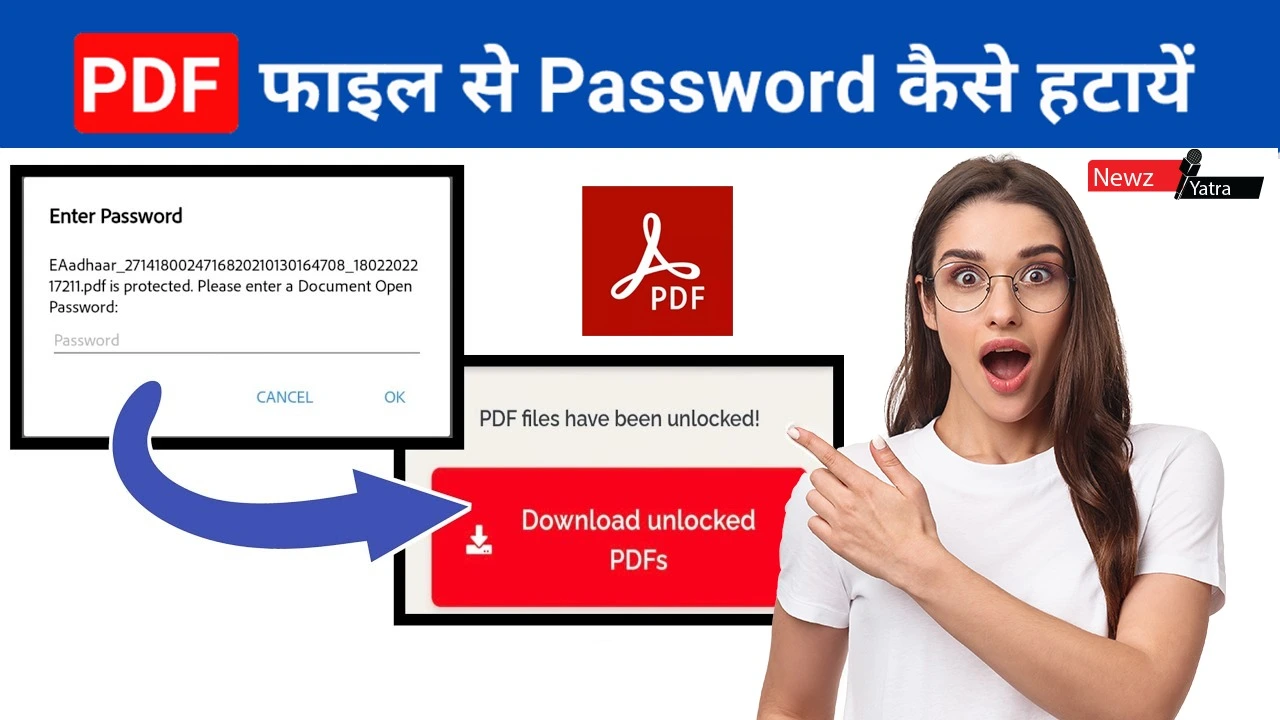How to Save $10,000 in 6 Months Without a High Salary!

Six months ago, the thought of saving $10,000 felt like chasing a unicorn—nice in theory, but totally unrealistic in the world of rent, bills, brunches, and “just one more” online order. I used to believe that kind of savings goal was reserved for six-figure earners or those rare humans who could live off rice and beans and sheer willpower. Spoiler alert: I was wrong. (budgeting tips to save money)
I didn’t win the lottery, land a huge promotion, or suddenly morph into a budgeting robot. What I did do was shift my mindset, get intentional with my money, and build a strategy that actually fit my lifestyle. No extreme couponing. No canceling every social event. And yes—I still had my daily coffee.
In this post, I’m breaking down exactly how I saved $10,000 in just six months, step by step. If you’ve ever thought, “I could never do that,” this one’s for you.
How I Saved $10,000 in 6 Months Without Sacrificing Coffee
1. Set a Specific Goal and Timeline (budgeting tips to save money)
Every great journey starts with a destination—and mine was crystal clear:
Save $10,000 in 6 months. That meant stashing away roughly $1,667 each month.
Having a concrete number and deadline changed everything. It gave my savings purpose and urgency. Without a goal, money has a sneaky way of disappearing into late-night takeout and impulse buys.
To keep myself accountable (and a little excited), I printed out a visual savings tracker and slapped it on my fridge. Every time I hit a $500 milestone, I colored in a box. It may sound simple, but that little chart turned into a daily reminder of my progress—and honestly, crossing those milestones felt like mini victories that fueled me to keep going.
2. Audit Your Spending Ruthlessly (budgeting tips to save money)
Before I could save smarter, I had to spend smarter—and that meant facing the financial truth, no matter how ugly. I blocked out a weekend, made a strong cup of coffee, and combed through three months of bank and credit card statements. Spoiler: It was humbling.
I sorted every expense into three buckets:
- Essentials: Rent, groceries, insurance
- Variable necessities: Utilities, gas, phone bill
- Discretionary: Restaurants, streaming, shopping, etc.
3. Automate Your Savings (budgeting tips to save money)
This step? Total game-changer.
Right after each payday, I set up an automatic transfer of $835 to a separate high-yield savings account. Twice a month, like clockwork. That added up to $1,670/month—just a smidge over my $1,667 goal.
The magic here was treating savings like rent or a bill: non-negotiable and automatic. No debating, no delays, no “I’ll do it later.” The money moved before I had the chance to spend it—or even see it—in my main account.
It’s amazing how powerful “out of sight, out of mind” can be when it comes to saving. Automation took willpower out of the equation and made hitting my goal practically effortless.
Seeing it all laid out was like turning on the lights after a party—awkward, but necessary. The biggest shock? I was blowing over $500 a month on food delivery and eating out. That number hit hard.
So I made my first big move: I slashed that category by 80%. I didn’t give up dining out completely—I just made it intentional instead of automatic. One thoughtful dinner out with friends beat four forgettable delivery orders any day. That one change alone freed up hundreds each month.
4. Cut Smart, Not Miserable (budgeting tips to save money)
I knew from the start—I wasn’t about to live like a hermit for six months. If saving meant resenting every day, I’d never make it. So instead of cutting everything, I focused on trimming the fat where it hurt the least and keeping the things that made life feel… well, livable.
Here’s how I struck that balance:
What I cut or reduced: (budgeting tips to save money)
Eating out – max 1–2x/month (became a treat, not a habit)
Subscriptions – canceled 4, kept 2 I actually used
Alcohol & fancy coffee – swapped cocktails for mocktails, and café trips for homemade lattes
Impulse Amazon buys – added everything to a 48-hour waitlist… most never made the cut
What I kept:
Gym membership – mental + physical health = worth it
$40/month “fun money” – guilt-free spending to stay sane
Netflix – because yes, I needed background noise and comfort shows
The trick? I didn’t aim for perfect—I aimed for sustainable. By making thoughtful cuts instead of drastic ones, I stayed on track without feeling deprived or miserable.
5. Boosted Income (Without Burning Out) (budgeting tips to save money)
While cutting expenses helped, I knew I didn’t want to only save by subtracting—I wanted to add more too. So I looked for simple, low-stress ways to bring in extra cash without tanking my free time or mental health.
Here’s what worked for me:
Freelanced 4–6 hours/week – I used a skill I already had and picked up a few small gigs, which added up to around $500/month. It was flexible, manageable, and fit into my schedule without turning me into a zombie.
Sold unused stuff – I Marie Kondo’d my apartment and listed old clothes, gadgets, and random clutter on Facebook Marketplace and eBay. Over a few months, I made about $1,000 just by clearing space.
Every extra dollar went straight into my savings account—no detours. These boosts didn’t just pad my numbers, they kept me motivated. Watching my savings grow faster than planned gave me the energy to keep going.
6. Avoided Lifestyle Creep (budgeting tips to save money)
As my savings started to grow, so did the little voice in my head whispering, “You’re doing great—go ahead, treat yourself!” Tempting? Absolutely. But I knew better.
I made a conscious decision: no splurges, no “just this once” buys, and definitely no “I deserve it” gadgets. Not yet.
Instead, I kept repeating one mantra to myself:
“This is temporary. The freedom later is worth more than the dopamine now.”
Even when I had extra income or a surplus in a month, I didn’t inflate my lifestyle to match it. I kept things flat and intentional, remembering that I wasn’t depriving myself—I was building something way bigger than a new pair of shoes or a fancy dinner.
Delaying gratification wasn’t always easy, but it was powerful. It kept my momentum strong and made the finish line feel so much sweeter.
7. Used a High-Yield Savings Account (budgeting tips to save money)
I didn’t just save—I made my savings work (at least a little). Every dollar I stashed went straight into a high-yield online savings account earning 4–5% APY.
Was it life-changing interest? No. But it was way better than letting my money sit in a checking account earning literal pennies. Over six months, that interest gave me a nice little bonus boost.
Even better? The account was separate from my everyday bank, which meant the money was out of sight and out of temptation. I couldn’t just tap into it with a casual swipe at the store—it created a healthy barrier between me and impulsive spending. (budgeting tips to save money)
It wasn’t just about earning more—it was about protecting what I’d worked hard to save.
8. Mindset: Progress Over Perfection (budgeting tips to save money)
Let’s be real—I wasn’t a budgeting robot. I slipped up. I ordered takeout after a long day. I overspent on a birthday gift. I had moments where “just this once” turned into “oops.”
But here’s the key: I didn’t let one misstep become a spiral.
I reminded myself constantly:
Progress > Perfection.
Saving $10,000 wasn’t about being flawless—it was about consistently moving forward. A stumble didn’t cancel out months of good habits. I learned to course-correct without guilt, and that mindset made all the difference.
By focusing on the big picture and giving myself grace, I stayed motivated—and I finished strong.

Tools That Helped Me Stay on Track (budgeting tips to save money)
Sticking to a savings goal as ambitious as $10,000 in six months requires more than willpower—it needs systems. These are the exact tools I used to stay organized, motivated, and on budget:
Budgeting Apps (budgeting tips to save money)
YNAB (You Need A Budget) – Helped me assign every dollar a job and track spending by category. Its “zero-based budgeting” method made sure I wasn’t just saving leftovers—I was saving on purpose.
- Mint – A free app that syncs with all your accounts and gives a snapshot of spending trends. It also sends alerts when you overspend in any category.
Google Sheets (My Custom Tracker) (budgeting tips to save money)
I created a simple spreadsheet with monthly savings goals, actuals, side income, and progress bars. It became my visual accountability partner. You can make your own or use a free template (happy to share one if you’d like!).
Honey & Rakuten (Cashback Extensions) (budgeting tips to save money)
- Honey – Automatically applied promo codes at checkout when I did necessary online shopping. Saved me $5–$20 several times without effort.
- Rakuten – Earned cashback (1–10%) on select purchases. Every few dollars added to my savings goal!
Qapital (Automated Micro-Saving App) (budgeting tips to save money)
I tested Qapital for fun—it rounds up purchases and transfers the change into savings. It’s not a game-changer on its own, but it made saving feel less rigid and more like a daily win.
High-Yield Online Savings Account (Ally / SoFi / Marcus) (budgeting tips to save money)
This was essential. I kept my savings in a separate high-yield savings account earning 4–5% interest. Keeping it “out of sight” helped curb temptation, and the extra interest added passive progress.
Notion (or Notes App) (budgeting tips to save money)
I used Notion to journal my wins, log side gigs, and keep my savings goal visible. Some people use Trello or Apple Notes—anything that helps you track the why behind the numbers works wonders.
Final Advice for Anyone Starting From Zero (budgeting tips to save money)
If saving $10,000 feels overwhelming right now, I get it. I started with nothing but a goal and a little determination. The key is not to be perfect—it’s to just begin.
Here’s what I’d tell anyone starting from zero:
1. Start Small, Start Today (budgeting tips to save money)
Open a separate savings account—even if you only transfer $5 into it today. That simple action shifts your mindset from “I can’t save” to “I’m someone who saves.”
2. Track One Thing This Week (budgeting tips to save money)
Don’t worry about building the perfect budget. Just track one category—like food, coffee, or subscriptions—for 7 days. Awareness is the first step to change, and you might be surprised where your money is actually going.
Saving is less about the size of your paycheck and more about consistency, clarity, and a mindset shift. You don’t have to get it all right today—you just have to get going.
“Don’t wait until you have more. Start with what you have—and make it multiply.”
You’ve got this.
The $10K Truth: You’re More Capable Than You Think (budgeting tips to save money)
Here’s what I learned after six months of intentional saving: this journey wasn’t just about dollars—it was about discipline, clarity, and freedom.
It wasn’t easy, but it also wasn’t impossible. I didn’t need to win the lottery or live like a monk. I just needed a clear goal, a simple system, and the commitment to show up every day—even on the messy ones. (budgeting tips to save money)
The real win? It’s not just the money sitting in my savings account. It’s the confidence I gained knowing that I’m in control of my finances, not the other way around.
If you’re sitting there wondering whether you could do this too, let me leave you with this:
You don’t need perfect conditions to start—you just need to start. (budgeting tips to save money)
Set the goal. Make the first move. And trust that six months from now, you could be telling your own $10K story.
Ready to Start Your Own Savings Journey? (budgeting tips to save money)
If this post lit a spark, don’t let it fade. Take one small step today—open that savings account, track your spending for the next 3 days, or set a mini goal.
=> Got questions or want help mapping out your plan? Drop a comment below—I’d love to hear your goals and cheer you on.
=> Want my free savings tracker template? Hit the subscribe button and I’ll send it straight to your inbox.
=>Already on your savings journey? Share your story! Use the hashtag #My10KChallenge and let’s build a community of motivated savers. (budgeting tips to save money)
You don’t have to do this alone—and you don’t have to wait for “someday.”
Your $10K story starts now. (budgeting tips to save money)
The New Rules of Networking: Building Genuine Professional Relationships
Frequently Asked Questions (FAQs)
Q1: Do I need a high income to save $10,000 in 6 months?
A: Nope. While it helps, the key isn’t just how much you earn—it’s how you manage what you keep. I made this work by combining smart cuts, intentional spending, and small side gigs. Even if your timeline is longer, the same strategy still works.
Q2: What if I have debt? Should I focus on that instead of saving?
A: If your debt has super high interest (like credit cards), it’s smart to pay that down aggressively first. But you can do both in parallel: save a small emergency fund (e.g., $500–$1,000) to avoid more debt, then tackle your debt with intensity while saving in the background.
Q3: What if unexpected expenses come up?
A: Life happens. That’s why flexibility and grace are built into this plan. If I had to dip into savings for a car repair or vet bill, I did—but then I adjusted the next month to get back on track. It’s not about perfection—it’s about progress.
Q4: How do I stay motivated for six whole months?
A: Break your big goal into bite-size wins. I celebrated every $500 saved like it was a jackpot. Visual trackers, accountability buddies, and reminding myself of why I was saving helped me keep going when things got tough.
Q5: Isn’t cutting back on fun stuff depressing?
A: Not if you do it right. I didn’t cut everything—I just cut the stuff I didn’t truly value. I still had fun, budgeted for small treats, and even went out occasionally. The goal is sustainability, not self-punishment.
Q6: Which high-yield savings account do you recommend?
A: I used an online savings account with ~4–5% APY from banks like Ally, SoFi, or Marcus by Goldman Sachs. These are easy to open, have no fees, and make your money grow while staying separate from your everyday spending.
Q7: Can I do this if I’m living paycheck to paycheck?
A: It’s harder—but still possible. Start smaller. Even saving $5–$10/week builds the habit. Focus on tracking your expenses, finding small leaks, and gradually building a buffer. Over time, your momentum grows.






